Samuel McLean
On Heterogeneous Treatment Effects in Heterogeneous Causal Graphs
Jan 29, 2023
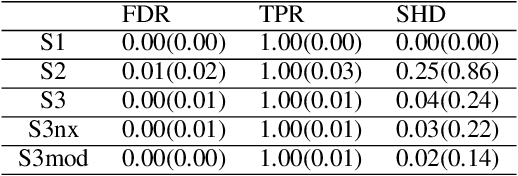
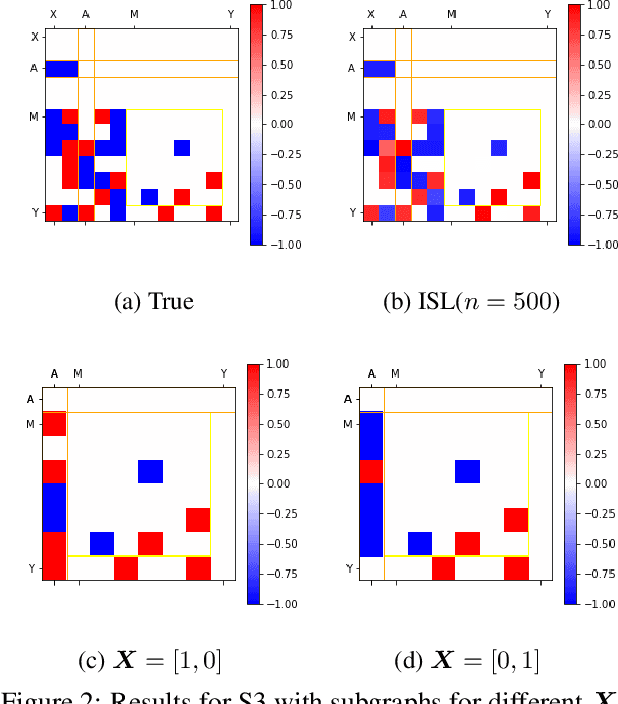
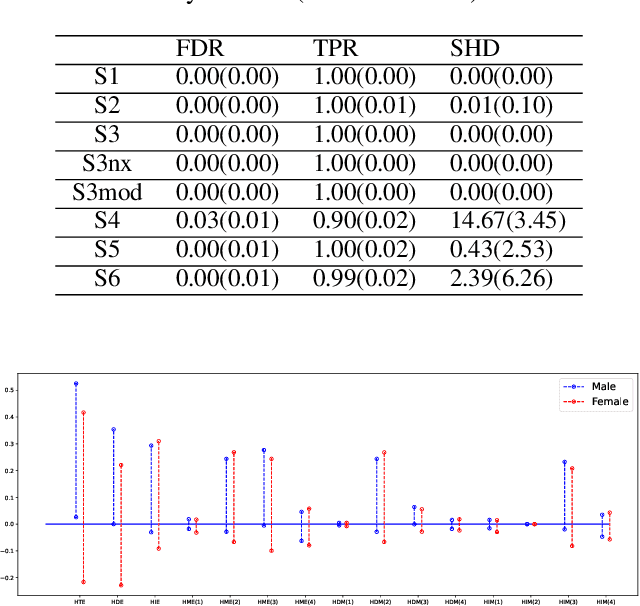
Abstract:Heterogeneity and comorbidity are two interwoven challenges associated with various healthcare problems that greatly hampered research on developing effective treatment and understanding of the underlying neurobiological mechanism. Very few studies have been conducted to investigate heterogeneous causal effects (HCEs) in graphical contexts due to the lack of statistical methods. To characterize this heterogeneity, we first conceptualize heterogeneous causal graphs (HCGs) by generalizing the causal graphical model with confounder-based interactions and multiple mediators. Such confounders with an interaction with the treatment are known as moderators. This allows us to flexibly produce HCGs given different moderators and explicitly characterize HCEs from the treatment or potential mediators on the outcome. We establish the theoretical forms of HCEs and derive their properties at the individual level in both linear and nonlinear models. An interactive structural learning is developed to estimate the complex HCGs and HCEs with confidence intervals provided. Our method is empirically justified by extensive simulations and its practical usefulness is illustrated by exploring causality among psychiatric disorders for trauma survivors.
Exploratory Hidden Markov Factor Models for Longitudinal Mobile Health Data: Application to Adverse Posttraumatic Neuropsychiatric Sequelae
Feb 25, 2022
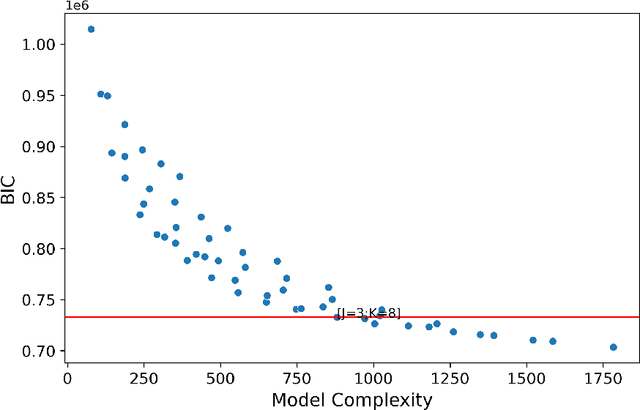

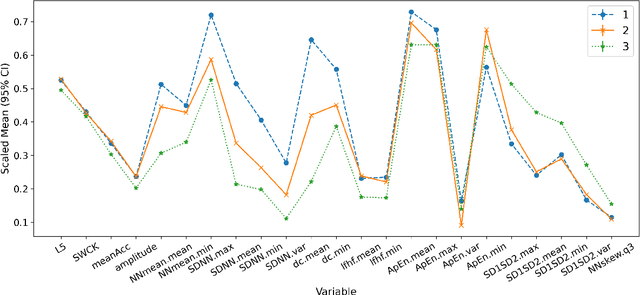
Abstract:Adverse posttraumatic neuropsychiatric sequelae (APNS) are common among veterans and millions of Americans after traumatic events and cause tremendous burdens for trauma survivors and society. Many studies have been conducted to investigate the challenges in diagnosing and treating APNS symptoms. However, progress has been limited by the subjective nature of traditional measures. This study is motivated by the objective mobile device data collected from the Advancing Understanding of RecOvery afteR traumA (AURORA) study. We develop both discrete-time and continuous-time exploratory hidden Markov factor models to model the dynamic psychological conditions of individuals with either regular or irregular measurements. The proposed models extend the conventional hidden Markov models to allow high-dimensional data and feature-based nonhomogeneous transition probability between hidden psychological states. To find the maximum likelihood estimates, we develop a Stabilized Expectation-Maximization algorithm with Initialization Strategies (SEMIS). Simulation studies with synthetic data are carried out to assess the performance of parameter estimation and model selection. Finally, an application to the AURORA data is conducted, which captures the relationships between heart rate variability, activity, and APNS consistent with existing literature.
 Add to Chrome
Add to Chrome Add to Firefox
Add to Firefox Add to Edge
Add to Edge